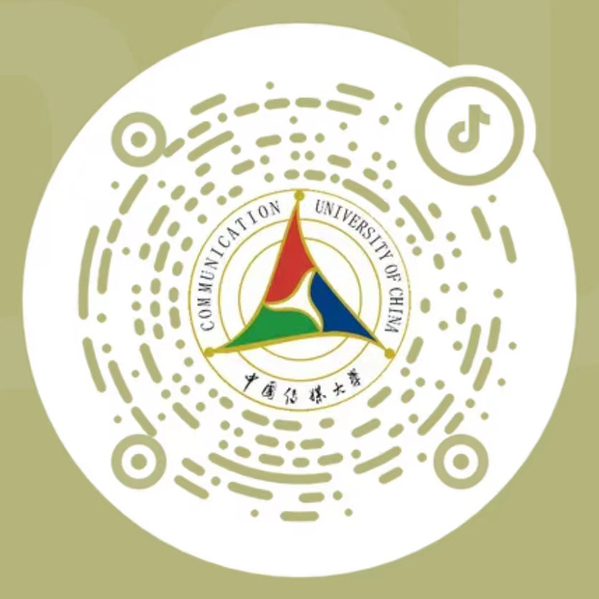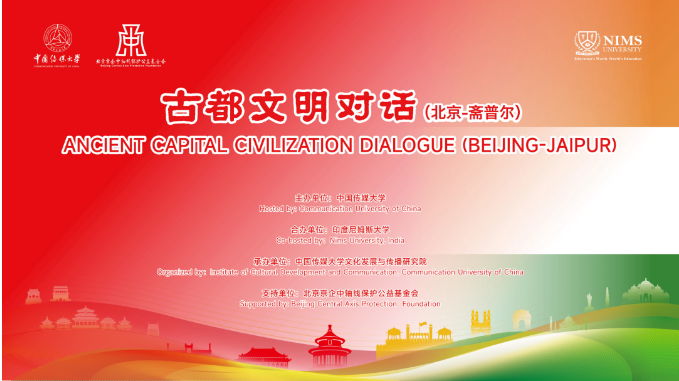
On July 24, the Ancient Capital Civilization Dialogue (Beijing-Jaipur) was held in Beijing, China and Jaipur, India. The event was guided by the Ministry of Education and Beijing Municipal Cultural Relics Bureau, hosted by Communication University of China, co-organized by Nims University in India, supported by Beijing Jingqi Central Axis Protection Public Welfare Foundation, and undertaken by the Institute of Cultural Development and Communication of Communication University of China. Scholars from more than 10 universities in China and India and experts in the field of world heritage protection held in-depth dialogues around the core issues of historical inheritance and cultural communication, aiming to promote mutual learning and mutual reference among ancient capitals through academic exchanges and jointly protect the diverse civilizations of the world. The dialogue was hosted by Xiong Chengyu, Dean of the Institute of Cultural Development and Communication of Communication University of China and senior professor.
Opening Ceremony
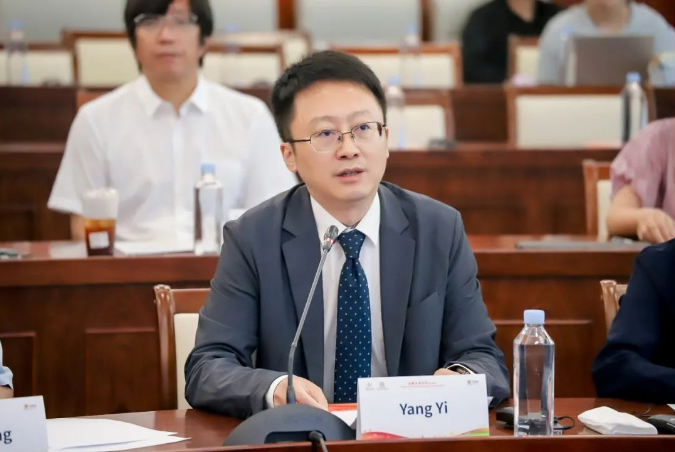
Yang Yi, member of the Standing Committee of the Party Committee and Vice President of Communication University of China, said in his opening speech that at present, China and India, as countries that play an important role in global and regional development, are jointly facing the challenges of a new round of technological revolution and industrial revolution. The Hindi major founded by Communication University of China in 1965 has trained a large number of outstanding graduates who have devoted themselves to the cause of cultural exchange between China and India. On the occasion of the 46th World Heritage Conference held in India, our school and Nimes University in India jointly initiated the Ancient Capital Civilization Dialogue (Beijing-Jaipur), which is of great significance. It is expected that the experts attending the conference will deepen the cultural exchanges between China and India through academic exchanges, and promote the mutual understanding and common beauty between the people of China and India through the collision of ideas.
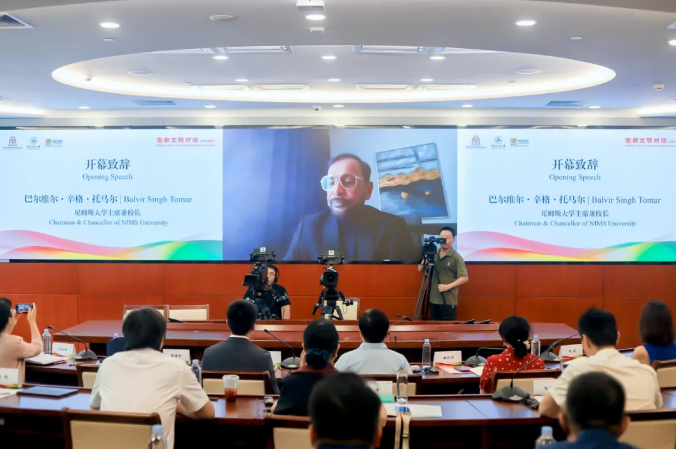
Balvir Singh Tomar, Chairman and President of Nims University, India, said in his speech that both China and India have profound ancient civilizations. The two countries have always respected each other and maintained close ties, which have had a profound impact on the world. He hopes that the participating experts and scholars will take this event as an opportunity to continuously expand channels and fields of communication, increase interactions between universities and institutions, promote mutual learning between civilizations in professional and academic dialogues, and promote innovation and development in the two countries.
Academic Dialogue
Chinese and Indian experts at the meeting conducted in-depth exchanges on the two themes of historical inheritance and cultural communication.
Historical Heritage
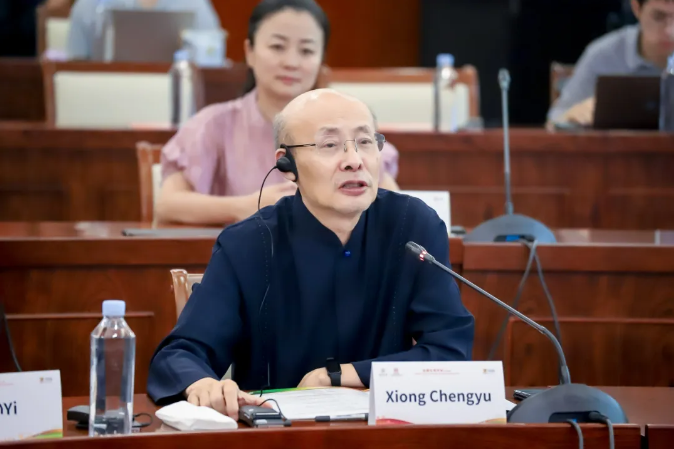
The academic dialogue on Historical Heritage was hosted by Xiong Chengyu, and 10 experts gave keynote speeches in turn.
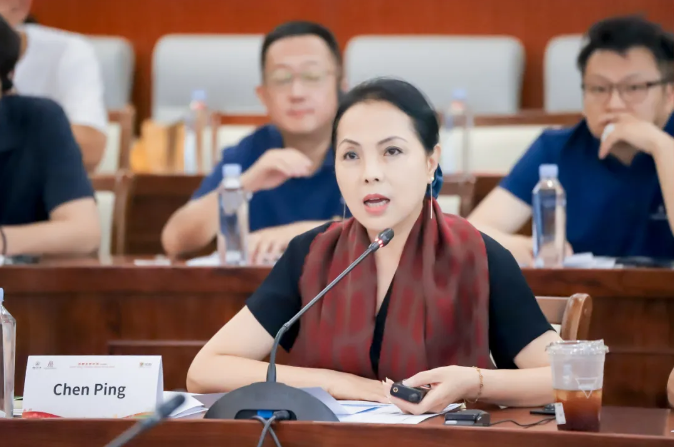
Chen Ping, chief chair of the UNESCO World Traditional Crafts: Inheritance and Innovation Chair and dean of the Institute of Cultural Heritage and Creative Industries of Jinan University, pointed out that cultural heritage, as a reflection of a country's cultural diversity and historical depth, is an important medium for cultural exchange and has great significance for enhancing international understanding and respect.

Lü Zhou, professor at Tsinghua University and director of the National Heritage Center, compared Chinese and Indian Buddhist architecture and pointed out that cultural heritage is the crystallization of human civilization. Protecting cultural heritage is protecting the witness of the mutual exchange of human civilization. This interaction and correlation is the basic feature of human social development and also constitutes the foundation of a community with a shared future for mankind.
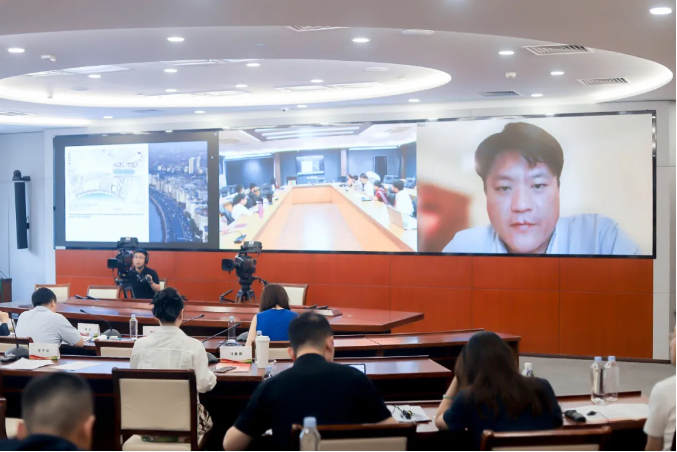
Wei Qing, an expert from the China Ancient Monuments and Sites Protection Association, used typical cases of decorative styles between China and India to illustrate how decorative art absorbs and quotes different elements from different regions to create a new artistic style, making the city appear richer, more diverse and more integrated, and expanding a new dimension of dialogue between cities and civilizations.
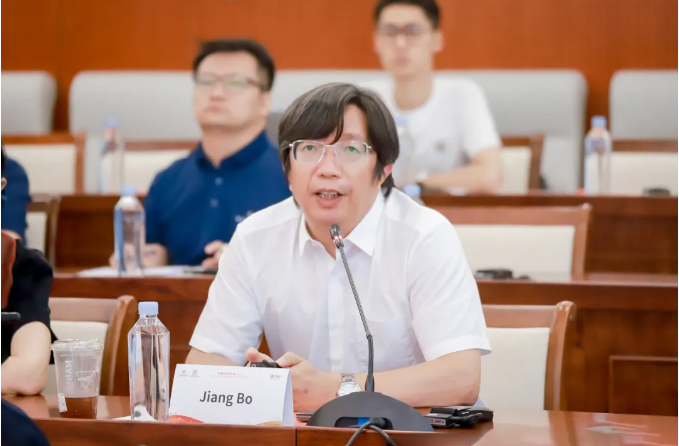
Jiang Bo, professor at Shandong University and expert of the World Monuments and Sites Council, introduced the classic representatives of classical cities in the World Heritage List, discussed the problems and conflicts brought about by heritage protection under the wave of urbanization, and shared his interpretation of classical city heritage buildings and his thoughts on achieving sustainable development of heritage.

Ye Nan, director of the Historical and Cultural Cities Planning Institute of the Beijing Institute of Planning and Design, sorted out the planning characteristics and presentation of the ancient city of Jaipur and the old city of Beijing, pointing out that it is necessary to develop while protecting, and protect while developing, and to achieve the goal of protecting the ancient city in accordance with local conditions.
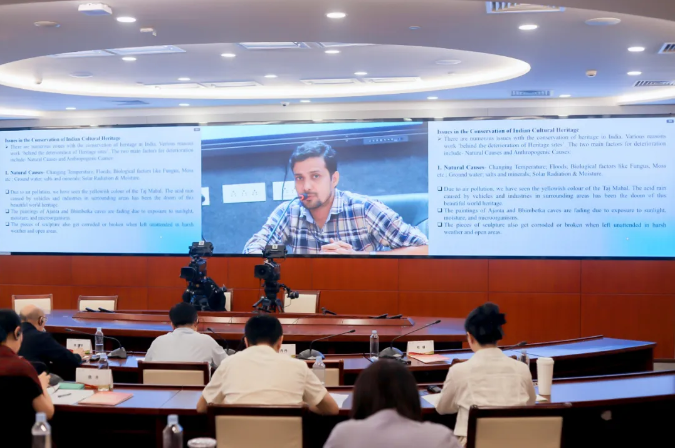
Rajesh Jha, assistant professor of the Department of History and Culture at Banasthali University, listed the problems and challenges faced by cultural heritage protection from both natural and human factors, and put forward countermeasures and suggestions from the government, legal, social and financial levels.
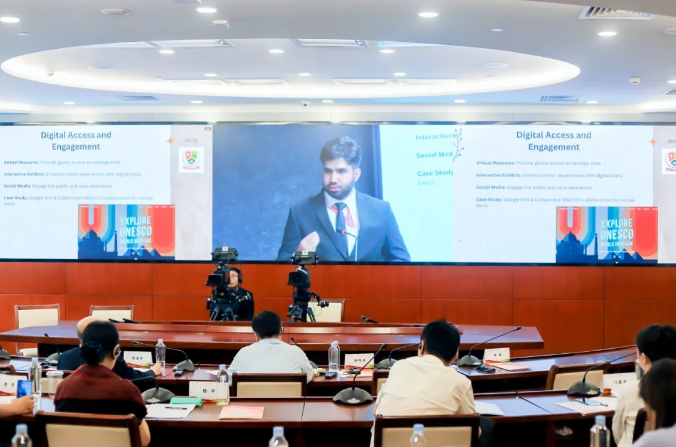
Jhapandip Brar, assistant professor at the School of Law, Nimes University, used the Mogao Grottoes as an example to discuss the great role of digital technology in heritage protection. He said that cultural heritage is a bridge connecting the past and the future, and he hoped that China and India would maintain an open attitude and work together to better inherit and protect cultural heritage through digital innovation.
Indian social anthropologist Vinod Joshi, Dilawar Nabi Bhatt, assistant professor of history at the School of Humanities and Liberal Arts, Nims University, and Sunidhi Pandey, assistant professor at the School of Law, Nims University, introduced India's experience and achievements in heritage protection through case analysis.
Cultural Communication
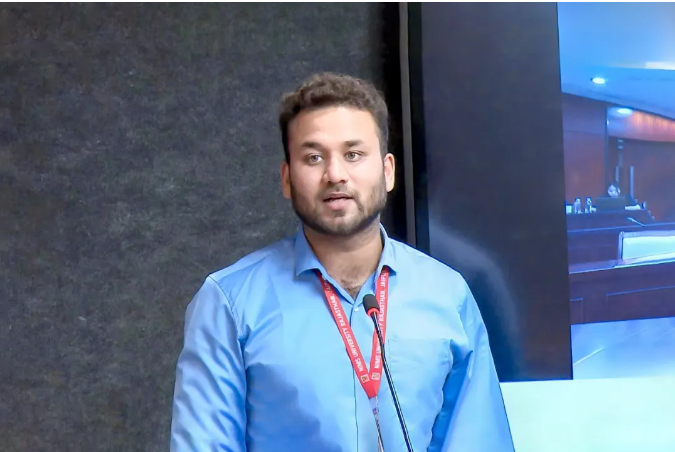
The academic dialogue on Cultural Communication was hosted by Anrag Kumar Singh, Assistant Professor of Nims University, and 10 experts gave keynote speeches in turn.

Xiong Chengyu traced the cultural relationship between China and India from the three levels of writing, religion, and literature. By analyzing typical cases of cultural inheritance and dissemination between China and India in the digital age, he pointed out that as important parts of Eastern civilization, Chinese and Indian civilizations have common responsibilities and missions in cultural inheritance and dissemination, and the two sides should jointly write a new chapter in Eastern civilization.

Mei Song, vice chairman and secretary general of the Beijing Enterprise Central Axis Preservation Foundation, said that the cultural heritage of Beijing's central axis is the core of Beijing's ancient capital culture. He summarized the experience of disseminating and utilizing the cultural value of Beijing's central axis from five aspects: utilizing social forces, leveraging heritage value, conducting academic activities, mobilizing public participation, and using digital technology.
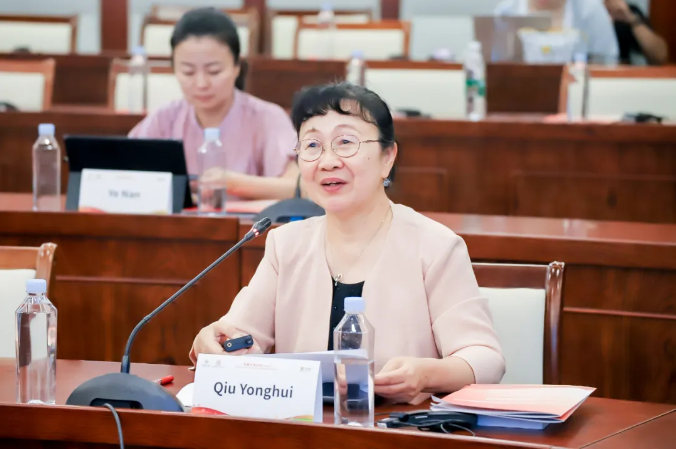
Qiu Yonghui, professor at Sichuan University and chief expert at the China Center for South Asian Studies, pointed out that China and India have many similarities. At the domestic level, both countries focus on inheriting and developing their own excellent cultural traditions; at the international level, both countries oppose the Western theory of cultural centralism and the theory of the clash of civilizations. He hopes that China and India will join hands in the construction of a new world culture and make due contributions.
Che Zilong, a Hindi expert at the School of Foreign Languages and Cultures of Communication University of China, Diao Jinuo, a teacher at the School of Cultural Industry Management of Communication University of China, Lopa Mudra Das, an assistant professor at the Department of Sociology, College of Humanities and Liberal Arts, Nims University, Prem Dave, an associate professor at the Department of Vocal Music, University of Rajasthan, Amit Kumar, an assistant professor at the School of Humanities and Liberal Arts, Nims University, Ayush Dubey, an assistant professor at the School of Law, Nims University, and Yamina Ahmed, an assistant professor at the School of Law, Nims University, delivered keynote speeches on Cultural Communication.
The Ancient Capital Civilization Dialogue (Beijing-Jaipur) event is the second in a series of events held by our school based on our advantages in international communication, cultural communication, regional and country studies, etc., following the Ancient Capital Civilization Dialogue (Beijing-Paris) event in May this year. In the future, our school will continue to use the ancient capital as the axis, civilization as the outline, dialogue as the method, and academic exchanges to promote mutual understanding among the people and contribute to cultural communication.



